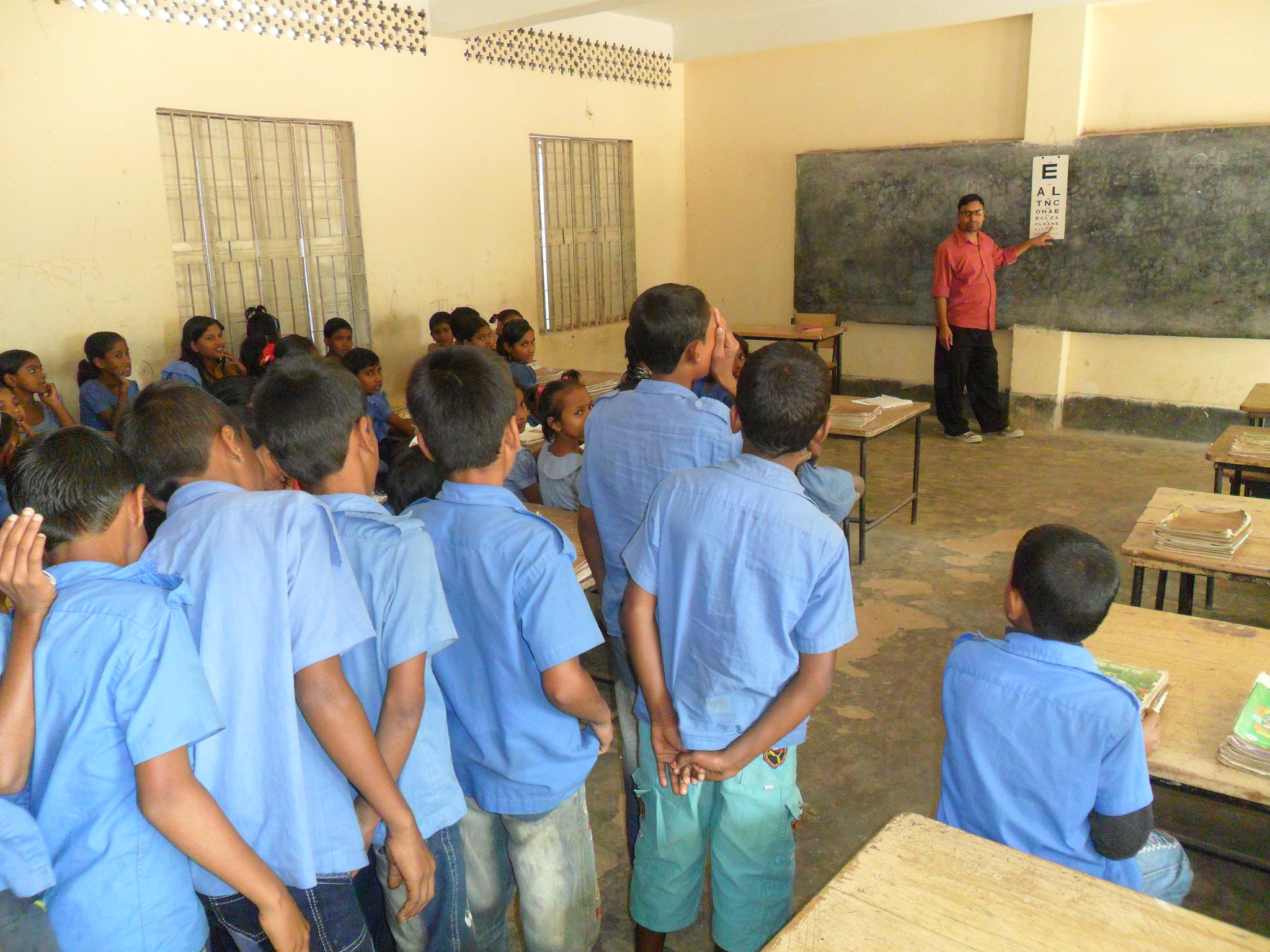School eye health in South Asia

Primary education is a fundamental human right. It has the potential to change individuals’ lives and fuel social transformation. Good health is critical for achieving a sound education and a bright future for a child. Vision is an integral part of a child’s health and poor vision can have long-term impact on their social, cognitive and physical development. An estimated 1.26 million children are blind around the world. Furthermore, 19 million children are visually impaired, including 12 million with uncorrected refractive error—they just need spectacles.
This issue of Community Eye Health Journal – South Asia edition brings you several initiatives to improve children’s eye health through school based interventions that have proven to be successful. The WHO programme on School and Youth Health notes that, “An effective school health programme can be one of the most cost effective investments a nation can make to simultaneously improve education and health.” Integrating eye health into school health programmes can provide comprehensive eye health services to millions of children all over the world.
- School eye health in South Asia
- Importance of integrating eye health into school health initiatives
- Common eye diseases in school going children
- Developing an integrated school eye health programme in Pakistan
- Hospital-based community eye health programme: A model for elimination of avoidable blindness on a sustainable basis
- REACH: An innovative model for child eye health
- School eye health in Nepal: A holistic model
- School eye health services in Sri Lanka: An innovative way of approaching eye health in children
- Importance of colour vision testing in school based eye health examination
- Mission Roshni: Lighting up the world of India’s children
- Children’s eye health programmes: Successful strategies and challenges
